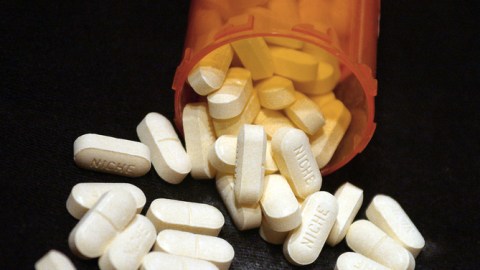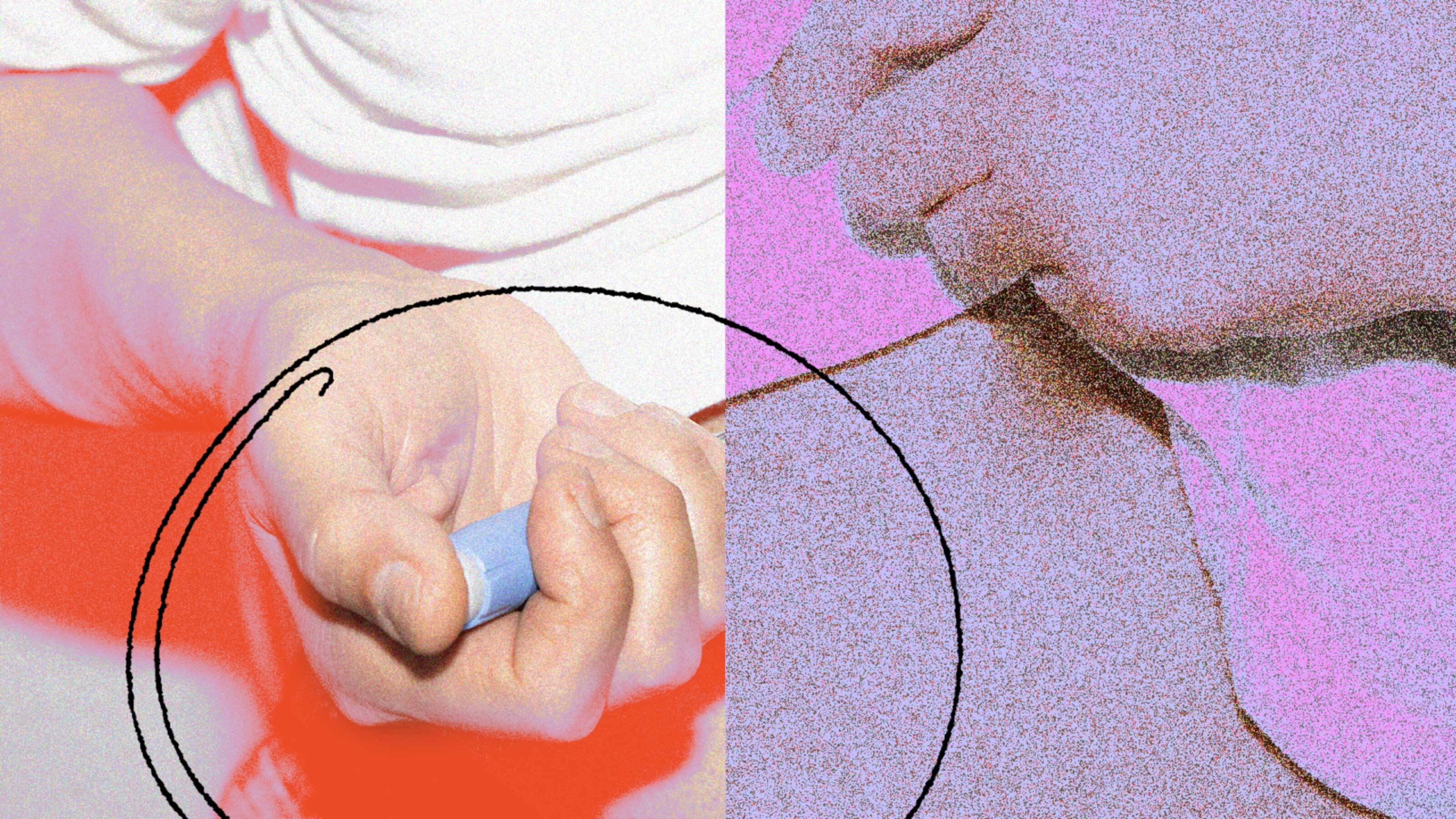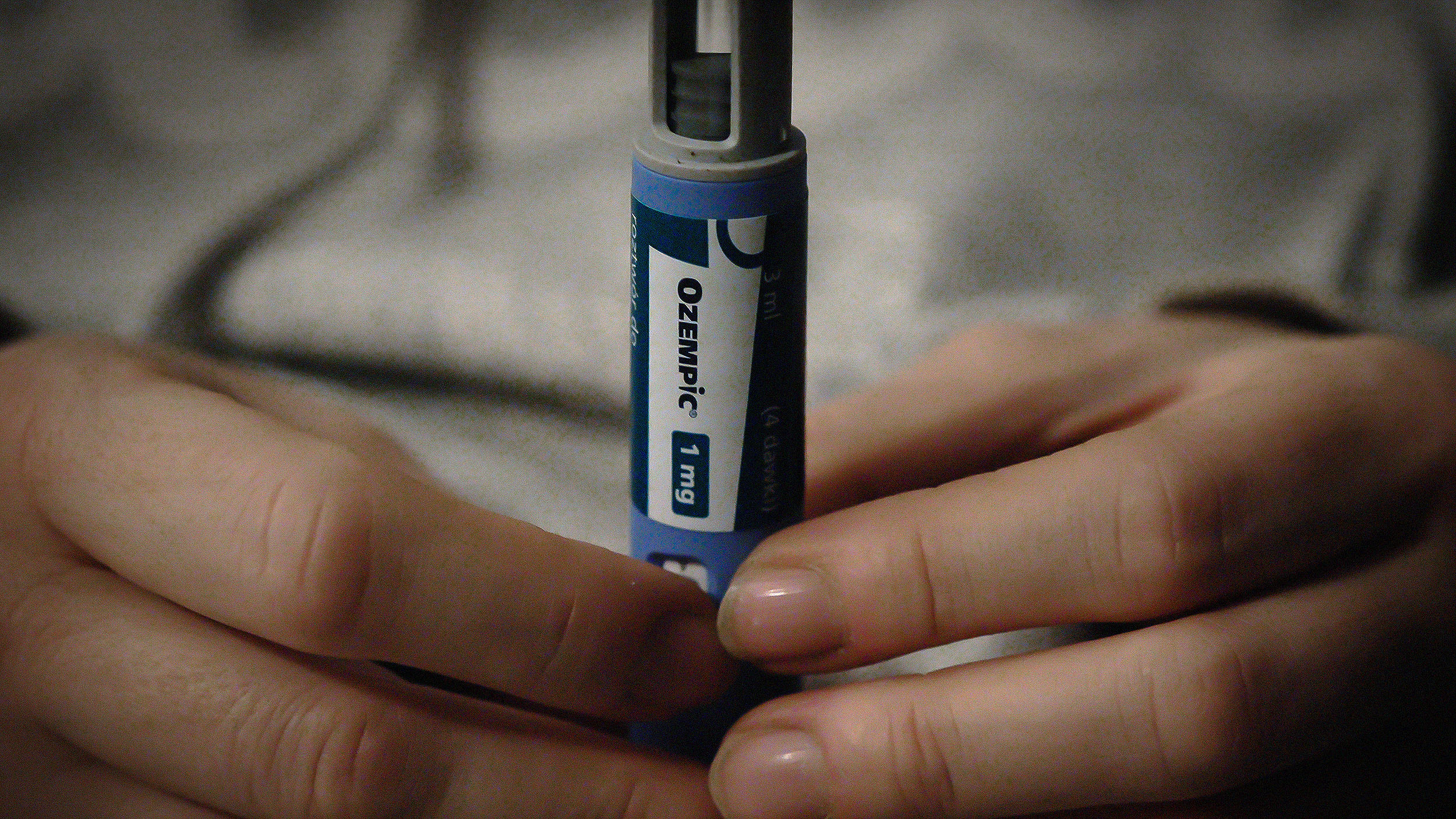How Can Autism Be Treated?

As parents of children with autism know all too well, there is no cure for autism. But there are many types of treatment that mitigate the effects of the disorder, most of them behavioral rather than pharmaceutical.
“There are some drug treatments,” explains Dr. Susan Bookheimer, “but behaviorally I think most of us agree that early intense treatment is still the very best intervention for autism.” These treatments (discussed in greater detail in the links below) focus on changing a child’s environment and teaching children and caregivers better communication and learning strategies.
And there is compelling research, says Dr. Christopher Walsh, that these behavioral treatments might actually rewire the brain, helping autistic children to better negotiate their deficits. “In animal models if you take a mouse and you do an enriched environment it changes patterns of gene expression in the brain,” he explains. “So it will be interesting to see whether this kind of early behavioral intervention in humans may have actually some genetic or gene-expression profile in the human brain as well.”
Traditional drugs have proved ineffective in treating autism because the traditional mechanism for treating neuropsychiatric disorders—increasing or decreasing the actions of certain neurotransmitters in the synapses between neurons—has little effect on the core symptoms of autism. “They may help in reducing the anxiety component or the aggressive component, but the social cognition seems to be resistant to traditional synoptically active drugs,” says Dr. Gerald Fischbach. A whole new class of pharmaceuticals will be needed here.
On the other hand, the quest for a magic pill that treats autism holistically might prove to be futile, Dr. Bookheimer believes. “We tend to want to find interventions, particularly pharmacological interventions that are going to treat autism as a whole when, in fact, I think that we’re going to end up being more successful in treating specific features of autism—the repetitive behaviors aspect of it, the anxiety aspect of it, and so forth.” Rather than a silver bullet, autism might instead require a cocktail of treatments that individually treat components of the disorder.
More Resources:
—A list of behavioral treatment options for autism compiled by healthcommunities.com.
—New York Times article on a new treatment for autism called neurofeedback.





